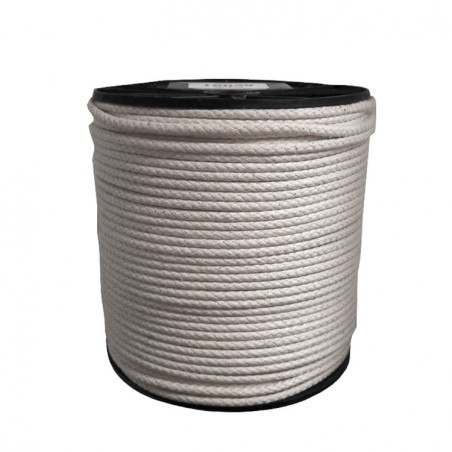Inflammation and necrosis can appear in pigs in several parts of the body simultaneously. The signs can affect newborns, suckling piglets and older pigs, and recent studies suggest that the syndrome is primarily endogenous. Inflammation and necrosis indicate impaired animal welfare, and thus should be controlled in pig production. This can be achieved by improving husbandry conditions. However, the variation in signs also appears to have a genetic component. The aim of the present study was therefore to test the effects of different boars from the Duroc and Pietrain breeds on the prevalence of swine inflammation and necrosis syndrome in their offspring. For this purpose, 646 suckling pigs from 39 sows (two herds) and 19 boars were made available. On the third day of life, the piglets were examined for clinical signs of inflammation and necrosis at tail base, tail tip, ears, face, teats, navel and claws. For the evaluation, we included the boar within the breed and the breed as fixed effects and the sow within the herd as random effects.
More than 70% of the piglets were affected at the tail base, ears, coronary bands and heels. Bristle loss, swelling, redness, venous congestion and claw wall bleeding occurred most frequently. Exudation and necrosis affected fewer piglets. None of the piglets was completely free from signs of SINS. Offspring from Duroc boars had significantly lower SINS scores (4.87 ± 0.44) than offspring from Pietrain boars (10.13 ± 0.12). Within the Pietrain breed, significant effects of the boar were observed on inflammation and necrosis levels. Under the present study conditions, using Duroc boars instead of Pietrain boars resulted in a 59% reduction in the SINS scores of their offspring. The SINS score in the offspring of the most favourable Pietrain boar was almost 40% lower than that of offspring in the least favourable.

These findings confirm considerable genetic effects on the outcome of SINS under a given husbandry. Further studies are necessary to characterise the genetic effects in detail and to make them useful to combat the syndrome.
Kuehling J, Eisenhofer K, Lechner M, et al. The effects of boar on susceptibility to swine inflammation and necrosis syndrome in piglets. Porcine Health Management. 2021; 7: 15. https://doi.org/10.1186/s40813-021-00194-2




